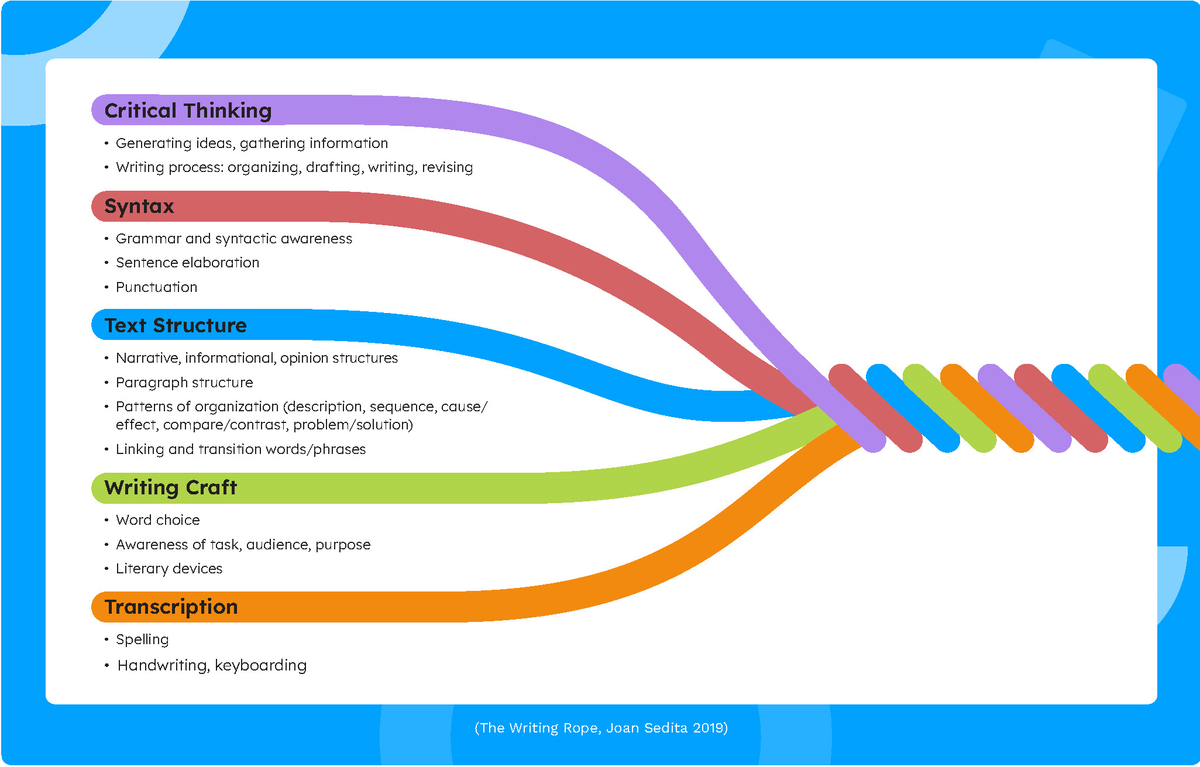Literacy Professional Development
Literacy Update

Literacy Professional Development
Literacy Update
While many of our students enjoyed their day off on Friday 30 May with playdates or games of pickleball, our teachers were hard at work continuing their own learning at school. As part of our school’s Annual Implementation Plan, we are committed to providing professional development around explicit teaching in writing and language conventions. We were fortunate to welcome Lyn Stone from Lifelong Literacy, who spent the day working with us. Lyn has written three books, Spelling for Life, Language for Life and Reading for Life.
Writing for some of us comes so naturally and easily that we could just do it. For some others, it is a real battle! Writing has been described as:
“A goal-directed and self-sustained cognitive activity requiring the skilful management of:
the writing environment
the constraints imposed by the writing topic
the intentions of the writer(s), and
the processes, knowledge, and skills involved in composing.”
(Graham et al. 2013 as cited in AERO, 2022)
To help us understand the complexity of the writing process, Sedita (2023) presented the Writing Rope where she unpacked the five components that are necessary for successful writing. They are critical thinking, syntax, text structure, writing craft and transcription.


During our workshop, Lyn discussed about some of the key elements that underpin successful writing instruction, including transcription and syntax. In one of my newsletter articles last year, I mentioned about the importance of handwriting in the writing process. At FPS, I’ve noticed that many students have brilliant ideas but hesitate to write them down because they’re not yet comfortable with the handwriting process—and typing doesn’t always help, as it can slow them down even more. That’s why, as a whole school, we’re placing a stronger focus on handwriting across all year levels. We want to make sure every child feels confident and equipped to express their thinking on paper.
Syntax, or sentence-level work, has also been discussed on the day. It is often overlooked in writing instruction. We looked at how understanding syntax not only supports grammar and punctuation teaching, but also improves students’ ability to express their ideas clearly and effectively. It is important to teach students from Foundation to Year 6 that a sentence must have at least two elements: subjects and verbs. Lyn emphasised the fact that even in primary classrooms where excellent phonological awareness, phonics, handwriting, and spelling lessons take place, young children are asked to go straight into writing stories, recounts, reports, etc. without stopping to savour the sentence. It is at the sentence level that a writer begins to hone their craft. Take your time to model, teach, and enjoy great sentences before hurtling into generating genres.
Lyn also discussed about the use of mixed-up sentences and dictation in helping students’ writing conventions as they give them exposure to good quality writing and punctuation without adding to their cognitive load.
How would you rearrange these fragments to make a sentence? (Answer at the end of the article).
As we continue to strengthen our approach to teaching writing, the Writing Rope reminds us that great writing is built strand by strand—from grammar and sentence structure to planning and vocabulary. By weaving these elements together in purposeful ways, we’re helping students become confident, capable writers who can express themselves clearly and creatively. We look forward to seeing their voices grow stronger with every strand.
~ Binh Hoang, Literacy Learning Specialist
Answer (our school vision):
All students feel part of the Fairfield Primary School community and are provided with opportunities to develop the knowledge, skills, and resilience to enable them to thrive and learn, in and beyond school.